
It really seems that there has been a shift in Android phones within the last couple of years. The underdogs are beginning to take a stand and develop devices that truly rival some of the top OEMs in the market. That sentiment rings true for the Honor Magic 7 Pro, a device I’ve come to know and appreciate over the last month.
When I mention some of the top Android manufacturers, I’m generally talking about Google or OnePlus. The Pixel 9 series has been an utter delight in both hardware and software. The same goes for OnePlus. Even though the brand is using a skinned version of Android, the experience is just phenomenal.
The Honor Magic 7 Pro has been a delight to a similar extent, with more of the pleasure coming from using the hardware than the software, but we’ll dive into that later. The device comes at a price point of £1,099.99, as it’s been launched in the UK and the rest of Europe. That leaves it with some pretty big shoes to fill, and a lot of the value comes from the hardware itself.
Up against something like the Google Pixel 9 Pro, which has become a standard for me, the Magic 7 Pro performs reasonably well. It falters in some areas, but the overall experience isn’t something to laugh at.
Hardware
Ever since the Magic V3 launched a few months back, Honor has really taken my attention. Something about the camera array design and the clean lines that run along the device appeal to me, and the Magic 7 Pro fits that mold well.
I’ve been using the Lunar Shadow variant, and I have to admit that it’s the best-looking version of this phone. The rear glass is micro-textured to reflect light in a gorgeous marbled pattern. In the hands, it feels great, and even against my better judgement, I found myself using the phone without a case for the entire review process.
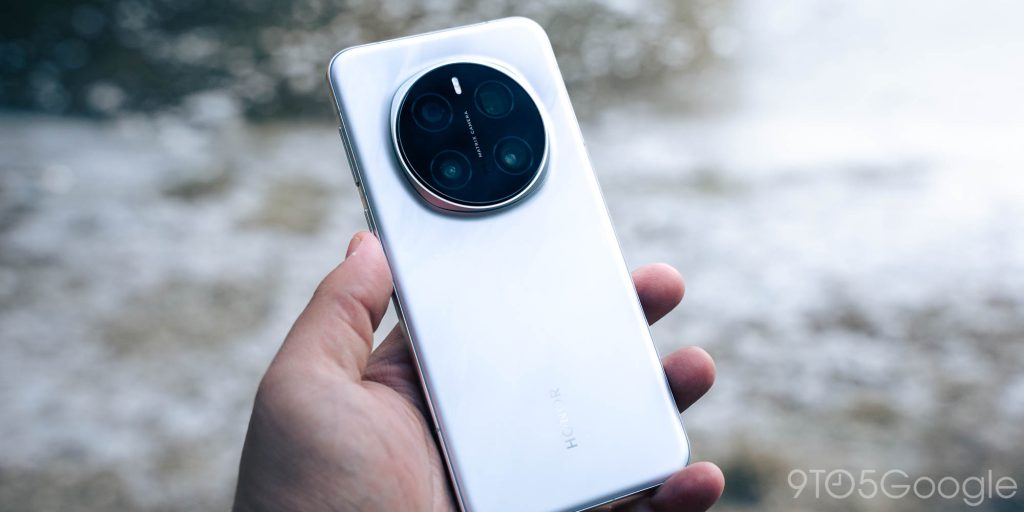
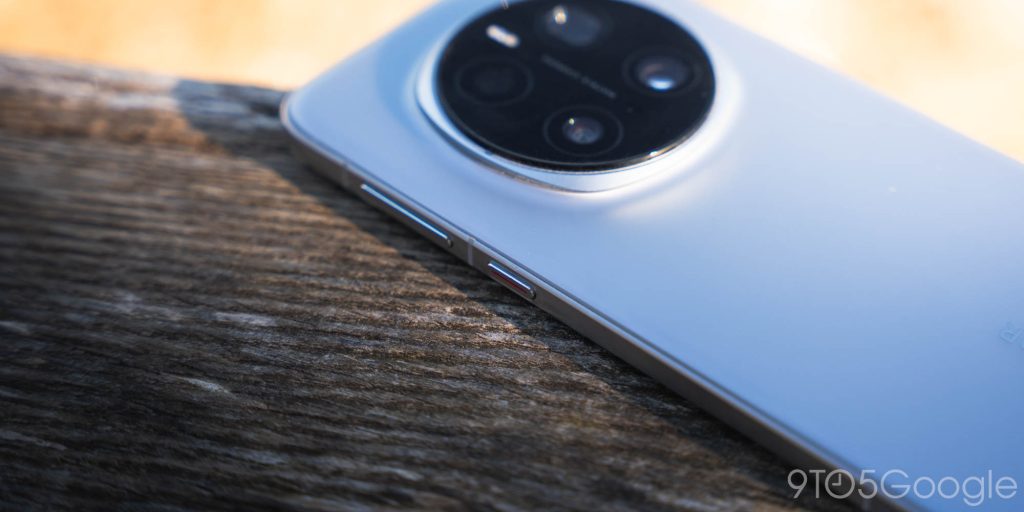
Honor added a self-proclaimed squircle camera to the rear of the phone, emulating something that OnePlus has been so famously known for in it’s flagships. The design looks a lot better than the hexagonal stop sign shape on the Magic V3, and it blends into the back of the phone well.
Both sheets of glass sandwiching the internals carry the same curve at the edge. That sits a little funny with me since many users have fought for so long to bring back flat displays. In Honor’s defense, a screen protector is included. To Honor’s detriment, however, that screen protector only reaches up to the curve, leaving some of the display uncovered. No pixels are uncovered, but the curve is left uncovered.
I’m not sure how I feel about the move. I’d prefer a flat display, and I believe flat displays give a more modern and premium look to a phone. For this device, it works fine.
It’s also worth mentioning that the phone is both IP68 and IP69 water and dust-resistant. The latter rating simply means it can handle high liquid temperatures without breach. I did not test that aspect of the device, though I dropped it into plenty of snow over the last month, and it’s completely fine.
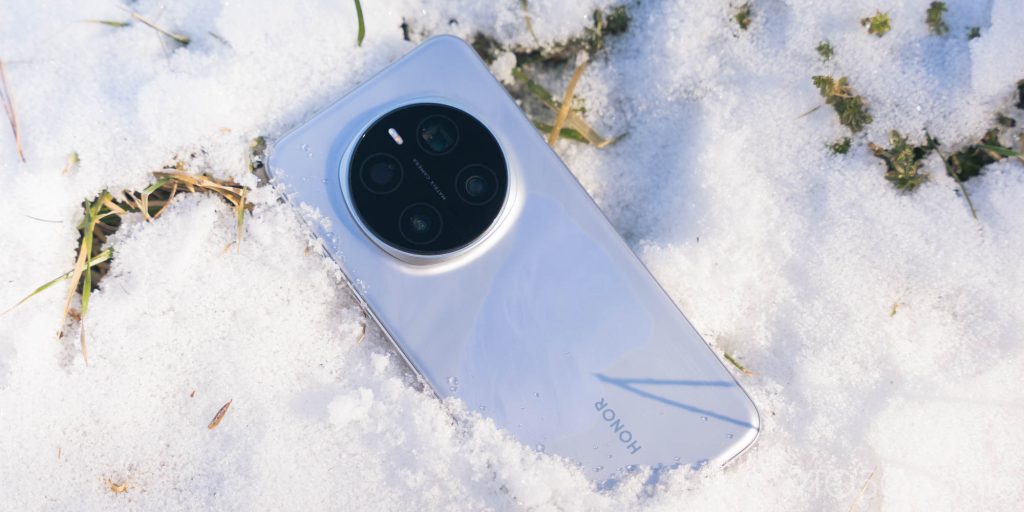
The panel in question is a 6.8-inch LTPO OLED proprietary NanoCrstyal Shield screen with a refresh rate of up to 120Hz. That gives the Magic 7 Pro a lag-free feel, heavily backed by the Snapdragon 8 Elite packed inside. Overall, the display looks great, and I have no complaints. It’s a standard OLED panel in all its glory.
Honor did go a little further with how it brings together some of its eyecare features. For instance, the MAgic 7 Pro can implement defocus eyecare, which will simulate myopic defocus. This goes a long way in protecting your eyes when staring at the screen for long periods of time.
Performance
I spoiled this bit a little bit already, but the Honor Magic 7 Pro is nothing short of snappy. The Snapdragon 8 Elite SoC and minimum 12GB of RAM do a fine job of bringing together every action needed throughout the day. That includes a lot of the AI the company brought together in MagicOS 9, which is Honor’s answer to Android 15.
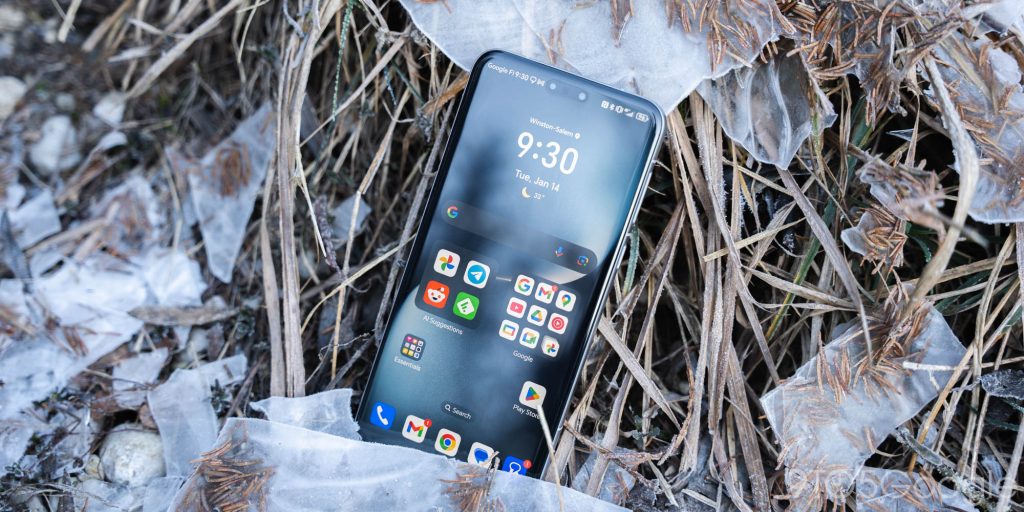
Within MagicOS 9, the Honor AI suite includes Magic Portal, AI Translation, and even access to Google Gemini by default. For the majority of the time I used the device, I wasn’t able to test AI Translate because of how it was implemented. It needs to be enabled in the setting first and then accessed via a shortcut that appears post-agreement. Only then is it accessible.
Magic Portal is a nice feature, but it feels cumbersome to use in action. By using your knuckle, you can circle items on your screen to share a portioned-off screenshot. A small rail of apps appears on the side, including Gmail and other social platforms. The tool is intended to speed up sharing items from your screen, but I found a quick screenshot and share a little easier. It feels like a solution to a problem that didn’t need to be fixed.
In fact, that’s what a lot of MagicOS 9 feels like.
Even the wallpaper editor feels clunky and difficult to navigate. Adjusting the home screen and lock screen wallpapers requires two different tools and approaches, which can be somewhat headache-inducing.
On the other hand, I do find some elements of the software endearing. The AI app suggestion Quick Setting tiles and folders are fantastic in practice and offer helpful suggestions on a regular basis. I especially found this the case when I was traveling to Slovenia for Honor’s launch event. Seeing that all of my travel apps were being offered up in suggestion at the right time made things relatively easy.
That’s what MagicOS 9 is, though. It takes some getting used to, but it’s perfectly usable when that’s been accomplished. Android 15 offers up great AI tools that come in handy, and the Magic 7 Pro extends those tools to the user rather well in most cases.
Battery life
If I had to assign a value to each portion of the Magic 7 Pro, I’d likely give the battery the most points. This thing will not die, no matter what I throw at it. The day’s worth of travel time to Europe and back didn’t even hinder the cell in any meaningful way.
The battery sits at a capacity of 5,270mAh, which isn’t inherently impressive. It’s a lot, yes, but it also should die much faster than it actually did. The reason for the performance is actually in the build. Honor uses a battery with silicone-based anode materials. The silicon-carbon battery brings better efficiency and offers an experience that lasts for literal days.
I found it difficult to test the battery life, given how long it survived, but I’d be comfortable saying that the Honor Magic 7 Pro could easily last 30 hours with pretty heavy use. That means video streaming, phone calls, and maybe even some games. Ultra-heavy usage would be full-on gaming and you’d still probably see at least 12 hours. In normal usage, though, I could have gone 2 full days without a top-off.
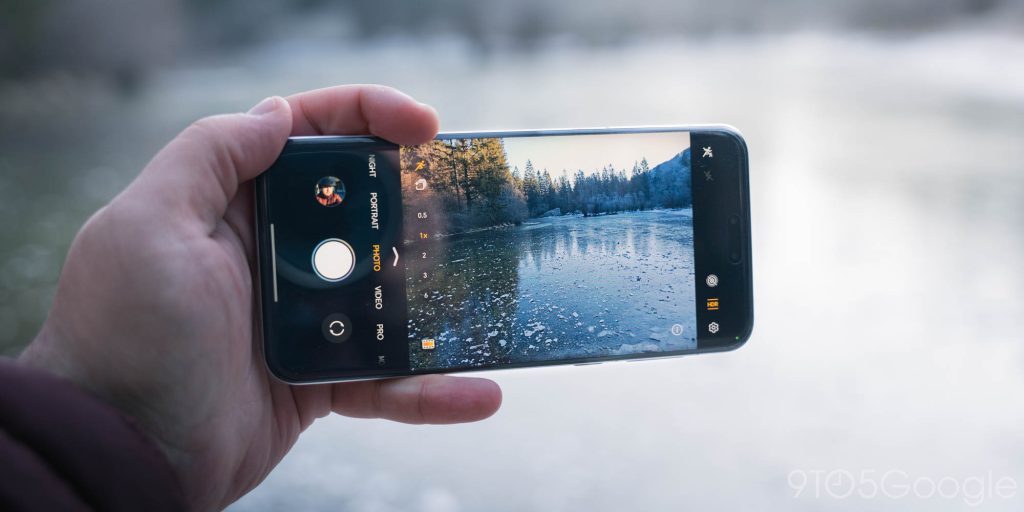
This is a phone that will still get charged every night for me, but the fact remains that I’m only draining it to around 45% every day, which is a metric I haven’t been able to hit on any other phone. Even at that point, the phone charges at 100W with a full battery in 33 minutes. Even the wireless charging speed is up to 80W, but you’ll have a hard time finding a charger that can actually do that.
Camera
The Magic 7 Pro’s other AI features come through in the camera. The phone carries a main 50MP sensor, 50MP ultrawide, and a large 200MP telephoto unit. The telephoto unit is the main feature. The large sensor size lets in a lot of light and allows for rather good distance shots. At 30x zoom, the Magic 7 Pro will let you use AI to capture better photos that have a little more detail than a normal optical-dependant image.
While that’s a great option to have, my gripe with it is that it’s all done on the cloud. Only if the user is connected to the internet when taking photos will the AI super zoom take effect. Otherwise, you’re left without it. When it does work, the results are surprisingly good, which makes it even more of a shame it doesn’t work on-device.
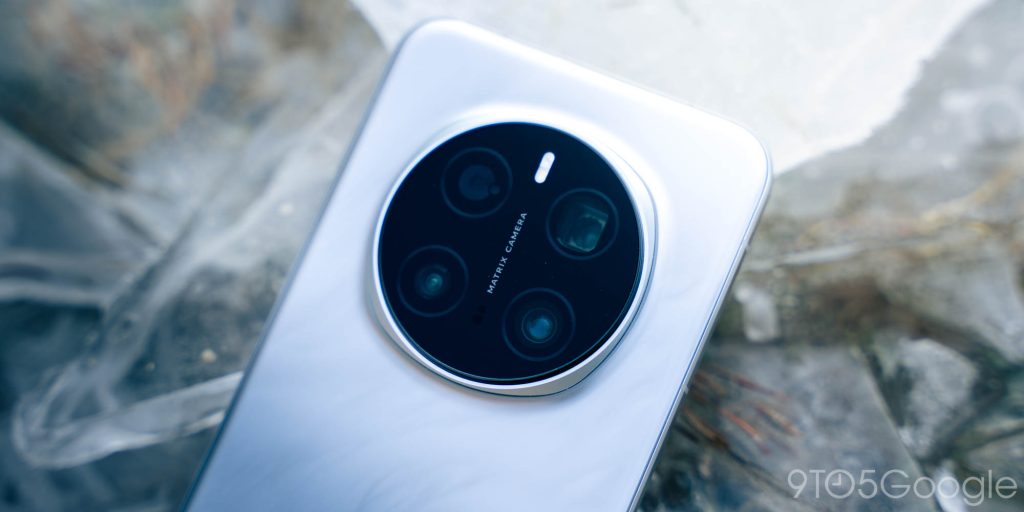
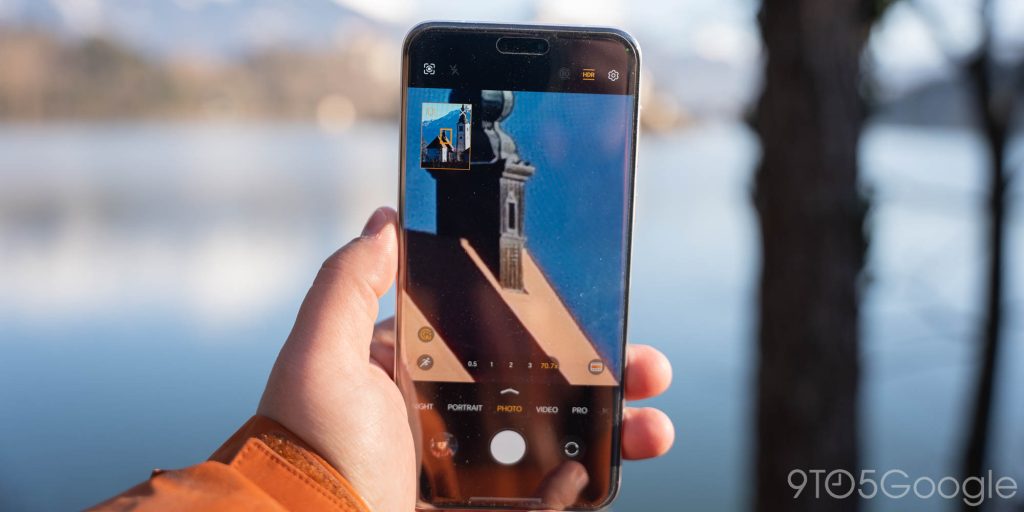
The main sensor works well, too. Honor incorporates Harcourt portrait presets to help build better photos for users using the Honor AI Image Engine, and the feature works well. I do think that a lot of my test images have a harsh HDR look to them. I would have liked for Honor to copy what Google or OnePlus does in terms of post-processing, as it leaves a cleaner image in general. Still, I think the camera setup on the Magic 7 Pro is rather good at what it does, and even if Honor changes its post-processing down the line, the hardware used is absolutely capable of fantastic shots.
That extends to high-motion shots, which also employ the Magic 7 Pro’s AI motion-sensing capture. If the subject in a shot is moving fast, the camera adjusts to take a better image, resulting in a clearer result. That’s a wonderful tool to have in your belt in an everyday camera. Honor notes that this feature can work up to 10x.
Overall, I do wish images took on a different look once the shutter button has been pressed, but Honor makes the camera experience easy to use and intuitive, which is a big win for me.
Final thoughts
If you were to hand me a Pixel 9 Pro and an Honor Magic 7 Pro, I would choose the Pixel phone. Still, that Pixel isn’t winning by a whole lot. Honor has done a great job of bringing together good hardware design with competent AI features, which I was surprised by, in all honesty. If MagicOS 9 were to go through some more refining and rid itself of some of the redundancies I see within, it has the potential to be a very nice skin over Android 15.
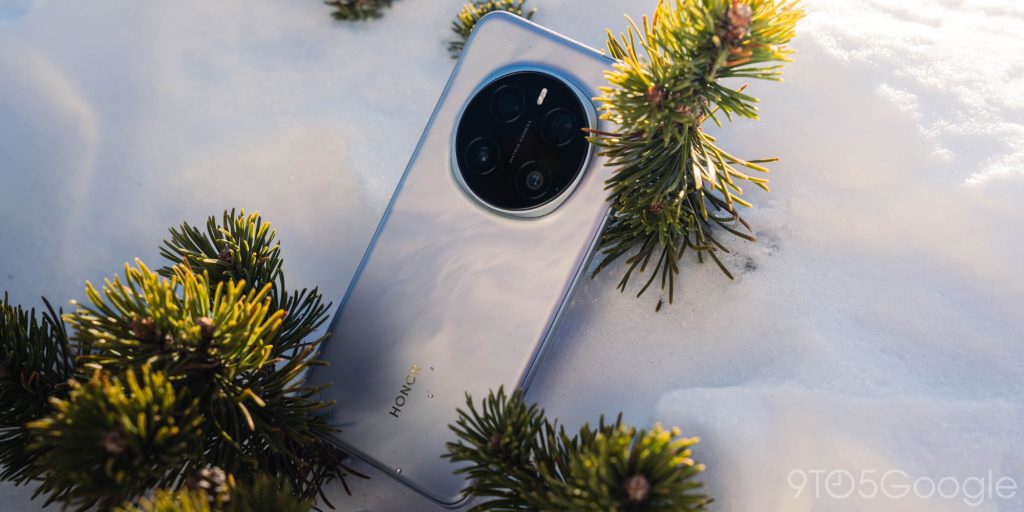
The Magic 7 Pro runs £1,099.99 and up. That sits in line with a lot of flagships, and the performance rings more or less true to what you’re paying. With design and performance hitting high notes, alongside a battery that just will not quit, the Magic 7 Pro feels like a good option in 2025.
Add 9to5Google to your Google News feed.
FTC: We use income earning auto affiliate links. More.
What’s your reaction?
Love0
Sad0
Happy0
Sleepy0
Angry0
Dead0
Wink0









![google-home-app-fixes-bug-that-repeatedly-asked-to-‘set-up-nest-cam-features’-for-nest-hub-max-[u]](https://betadroid.in/wp-content/uploads/2025/05/18217-google-home-app-fixes-bug-that-repeatedly-asked-to-set-up-nest-cam-features-for-nest-hub-max-u-370x250.jpg)

Leave a Reply
View Comments